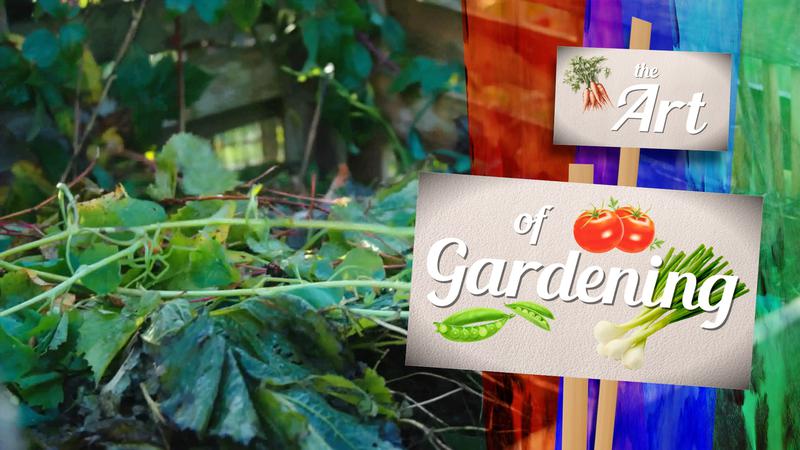
TRU fire ecology researcher looks to include historical context, First Nations perspectives into wildfire project
KAMLOOPS — Forest fires are commonplace in the B.C. Interior.
You don’t have to look back far to see what kind of impact they’ve had on Interior forests. The 2003 fires raged through the North Thompson, devastating towns along the way. More recently, 2017 and 2018 were both historical fire seasons in B.C. with millions of hectares burned.
“It’s been relatively quiet for the past few years, but we’re sitting on the edge of our seats right now, waiting to see what the 2021 fire season’s going to be like,” said Dr. Jill Harvey, an incoming TRU professor who soon will be starting July 1, coming from Edmonton where she works for the Canadian Forest Service. “I’m hoping that a lot of my research will be able to look at some of these past fires and be able to characterize where forests are going and how resilient are forests.”


